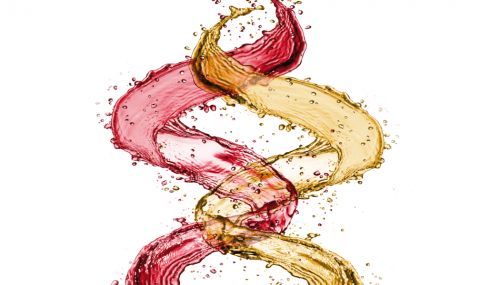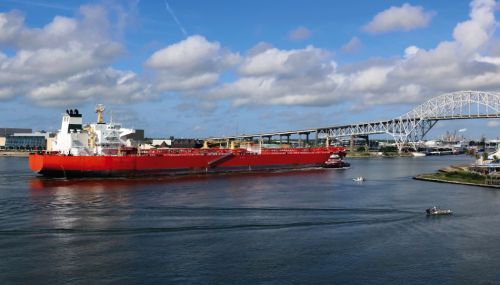All
LPG Storage Outlook Improves in New England

Propane supply in New England is better protected going into the 2014-15 winter than it was one year earlier, according to Joe Rose, President of the Propane Gas Association of New England.
Although Crestwood Midstream Partners’ proposed regional-scale storage facility in the Finger Lakes region remains mired in a lengthy review process, the supply picture is improved by the addition of smaller-scale wholesale facilities, according to Rose.
Two important new facilities are Crestwood’s terminal at Quonset Point, in North Kingston, RI, and Dead River Co. terminal in Bellows Falls, Vt. “The supply chain has improved from a year ago, and I think the industry has woken government up to the fact that we need to be in regular communications so that if we have issues, we can take action both on the federal and state level before we have a full-blown crisis,” he said.
Awareness was raised last winter when the “polar vortex” brought frigid weather to a wide swath of the northern United States and depleted much of northern New England’s available propane. Marketers were forced to purchase costly imported product, and propane associations worked with the U.S. Department of Transportation (DOT) and state officials to get product to market. DOT wound up lifting Hours of Service restrictions on fuel drivers in 38 states for more than a month. “That was pretty much unheard of,” said Rose.
Winning local approval for new propane storage is difficult but not impossible, according to Rose. While acknowledging the challenges suppliers have experienced with storage applications in Searsport, Maine, Newington, N.H., and Clinton, Conn., Rose said suppliers can succeed with select projects. “The key with all propane storage is you need the right location in the right community, so you’re not trying to put it in the middle of a residential neighborhood,” he said. Chances for success are greatest when a site is proposed on industrial land in a community that is looking for new business.
While new storage facilities will boost secondary storage, marketers also stand to benefit from improved storage and delivery strategies recommended by NEPGA and the National Petroleum Gas Association (NPGA). He said marketers have done a great job of taking proactive steps to secure supply, such as filling customers tanks before the end of the warm season, which takes advantage of customer storage capacity while also maximizing the marketer’s allocation for the winter season.
Propane supplies are subject to constraint and allocation in extreme conditions. “There is no big rack where you can just pull up,” Rose explained. “You have to strategize how to maximize your allocation.” That means, for example, delaying March deliveries until April, which is an “earning” month. For every gallon they deliver in the warmer months, a marketer generally will gain three gallons on the winter allocation from their supplier, according to Rose.
He recommends that marketers cover any winter supply need beyond their allocation with propane stored in a tank or cavern, so that they own it and can get it if needed.
Related Posts
 Care and Treatment of Biodiesel Blends
Care and Treatment of Biodiesel Blends
Posted on December 18, 2025
 EIA Winter Fuels Outlook
EIA Winter Fuels Outlook
Posted on December 18, 2025
 How to Set Your Business Apart with Renewable Propane
How to Set Your Business Apart with Renewable Propane
Posted on October 16, 2025
 EIA Report: Biodiesel and Renewable Diesel Imports Fall Sharply
EIA Report: Biodiesel and Renewable Diesel Imports Fall Sharply
Posted on October 16, 2025
Enter your email to receive important news and article updates.
